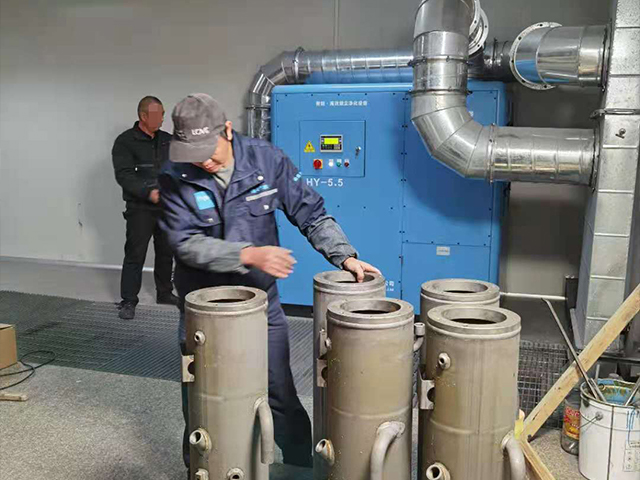The Harm of Laser Cutting Dust to the Body
Laser cutting is a widely used technology in various industries, from metalworking to plastics and textiles. However, it is essential to be aware of the potential harm that laser cutting dust can pose to the human body. Here's a look at some of the key ways laser cutting dust can affect our health.
Respiratory Issues
Laser cutting dust can contain harmful particles that can be inhaled into the lungs. These particles can irritate the respiratory system, causing symptoms such as coughing, wheezing, and shortness of breath. Long-term exposure to laser cutting dust can lead to more severe respiratory issues, including chronic obstructive pulmonary disease (COPD) and asthma.

Skin Irritation
Laser cutting dust can also come into contact with the skin, causing irritation and inflammation. The dust particles can penetrate the skin's surface, leading to redness, itching, and possible skin infections. For those with sensitive skin or pre-existing skin conditions, exposure to laser cutting dust can exacerbate these issues.
Eye Damage
Laser cutting dust particles are small and can easily become airborne. If these particles enter the eyes, they can cause irritation, redness, and blurred vision. In severe cases, prolonged exposure to laser cutting dust can lead to permanent eye damage. It is crucial to wear protective eyewear, such as safety goggles or face shields, when working with laser cutting equipment.
Toxicity
The composition of laser cutting dust varies depending on the material being cut. Some materials, such as metals and plastics, can release toxic fumes or chemicals when cut with a laser. These fumes and chemicals can be inhaled or absorbed through the skin, potentially leading to toxicity. Prolonged exposure to toxic laser cutting dust can have serious health consequences, including organ damage and cancer.
To mitigate the harm caused by laser cutting dust, it is essential to take the necessary safety precautions. This includes wearing personal protective equipment (PPE) such as respirators, gloves, and protective eyewear. Additionally, it is important to maintain a clean and well-ventilated workspace to minimize the accumulation of dust particles. Regular cleaning and maintenance of laser cutting equipment can also help reduce dust production.
In conclusion, laser cutting dust poses a significant threat to the human body. By understanding the potential harm and taking the necessary safety precautions, we can mitigate these risks and protect our health while working with laser cutting technology.